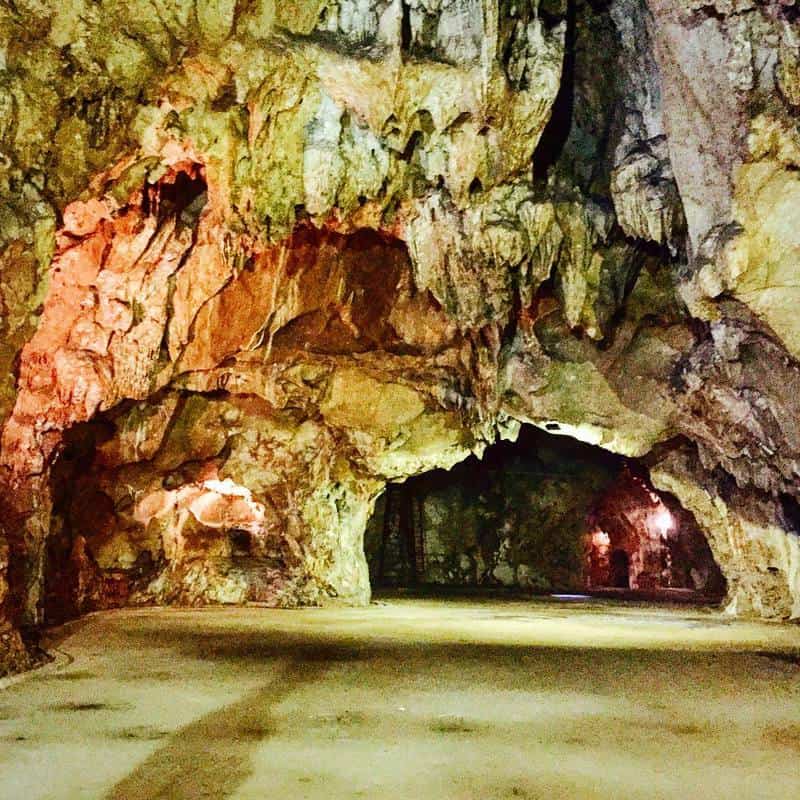(HBO) – Mai Chau district is home to 25 relic sites, including five of national importance (two archaeological and three landscape sites). The remainders have been surveyed and listed among the relic and landscape sites of Hoa Binh province.
Mo Luong Cave, also known as "Bo doi” (Soldiers) Cave, in Mai Chau township is a historical relic and landscape site of national importance.
Khoai Cave, meaning Buffalo Cave in the language of the Thai ethnic group, in Sun hamlet of Xam Khoe commune was recognised as a national archaeological relic site in 1997. It used to be a shelter and also a workshop for making tools of people in the Hoa Binh Civilisation, about 17,000 - 11,000 years ago. The relic has helped shed light on the tool making techniques and burial rites of people in that time.
At present, Khoai Cave and other caves and relic sites in Mai Chau district have been included in travel tours to help visitors explore local landscapes and learn about ethnic groups’ culture. The association of relic preservation and tourism development has proved useful for upholding the cultural values of local ethnic communities.
Ha Thi Lieu, deputy head of the district’s culture and information division, said in the recent past, the management and protection of historical, cultural, and landscape relic sites in Mai Chau have received attention from local authorities.
Thanks to funding from the State budget and private sources, many relics have been restored and saved from deterioration, thus meeting people’s cultural and religious needs, she noted.
To better relic management, protection, and restoration, the agency will continue proposing the district People’s Committee order the localities with relic sites to intensify management and protection activities.
In particular, the restoration of relic sites must preserve their status quo and not change the landscapes surrounding them. It is also necessary to increase the private sector’s engagement in conservation work, diversify activities at the sites so as to generate revenue, and combine the preservation and optimisation of relics’ value in a more sustainable manner, she added./.



